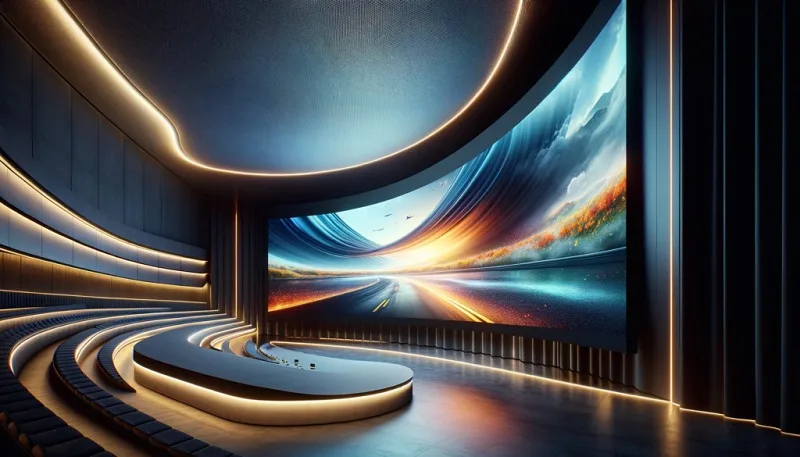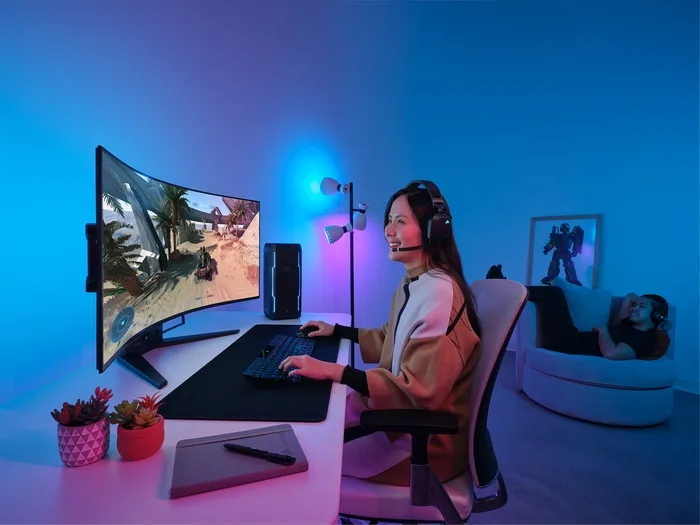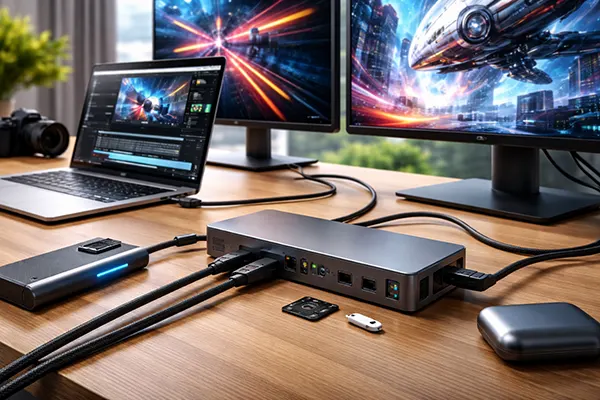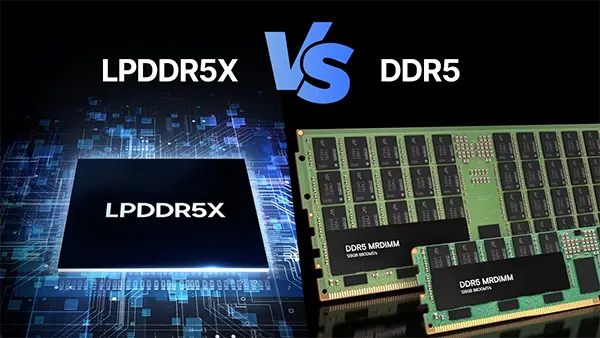
Exploring Curved Display Technology
Curved display technology has rapidly become a significant trend in the tech industry, offering unique benefits that enhance user experience. In this article, we will delve into the history, design, and functionality of curved displays, explore the problems they solve, their current applications, potential future uses, and the prospects of this innovative technology.
What Kind of Technology is This and When Did It Appear?
Curved display technology refers to screens that are designed with a gentle inward curve, creating a more immersive viewing experience. This technology first emerged in the consumer market around 2013, with the introduction of curved OLED televisions. Companies like Samsung and LG were pioneers in this space, showcasing the potential of curved screens in delivering superior visual experiences.
Since their introduction, curved displays have evolved significantly. Initially limited to large-format televisions, this technology has now permeated various device categories, including monitors, smartphones, and even laptops. The development of flexible OLED (Organic Light Emitting Diode) and advanced manufacturing techniques has been pivotal in making curved displays more feasible and commercially viable.
How It Is Designed and How It Works
Curved displays are engineered using flexible OLED panels that can bend without breaking. These panels are composed of organic compounds that emit light in response to an electric current, allowing for high contrast ratios and vibrant colours. The curvature of the screen is achieved through precise engineering and manufacturing processes that ensure the display maintains its shape while delivering consistent performance.
The design of curved displays aims to reduce geometric distortion and improve viewing angles. When watching a curved screen, the distance between the viewer’s eyes and the screen remains relatively constant, minimizing the distortion that can occur with flat screens. This design principle enhances the overall viewing experience, making images and videos appear more lifelike and immersive.
What Problems It Is Designed to Solve
One of the primary issues that curved displays address is visual immersion. Traditional flat screens can sometimes make it challenging to achieve a sense of depth, especially in larger formats. Curved screens wrap around the viewer’s field of vision, creating a more engaging and immersive experience.
Another problem that curved displays help solve is the reduction of glare and reflections. The curve of the screen can help minimize the impact of ambient light, which can be particularly beneficial in brightly lit environments. This reduction in glare enhances visual comfort and reduces eye strain during prolonged use.
Curved displays also aim to improve ergonomic viewing. The curvature of the screen aligns more naturally with the human eye, reducing the need for excessive head and eye movement. This ergonomic advantage can be especially beneficial for professionals who spend extended periods working on screens, such as graphic designers and video editors.
Where It Is Already Used
Curved displays have found applications in a variety of settings, from consumer electronics to professional environments. In the consumer market, curved televisions and monitors are popular choices for home entertainment systems. Their ability to deliver a cinema-like viewing experience makes them ideal for watching movies and playing video games.
In the professional realm, curved monitors are increasingly used in fields such as graphic design, video editing, and financial trading. The enhanced field of view and reduced eye strain offered by curved screens make them suitable for tasks that require prolonged screen time and detailed visual work.
Additionally, curved displays are making their way into public spaces and commercial settings. For instance, curved screens are used in digital signage, providing eye-catching displays in retail stores, airports, and other public venues. Their unique design helps attract attention and convey information effectively.
Curved screens are also being utilized in automotive displays, where they provide drivers with a more intuitive and immersive interface for navigation and vehicle information systems. This application highlights the versatility and adaptability of curved display technology across different industries.

Where Else It Can Be Used
Looking forward, curved displays have the potential to revolutionize several other industries. In the medical field, for example, curved monitors could enhance diagnostic imaging and surgical procedures by providing more accurate and immersive visualizations. The ergonomic benefits could also reduce fatigue for medical professionals during long procedures.
Another promising application is in virtual reality (VR) and augmented reality (AR) systems. Curved screens could improve the realism and immersion of VR and AR experiences, making them more convincing and comfortable for users. This could have significant implications for gaming, training simulations, and other interactive applications.
Curved displays could also find use in educational environments. Interactive curved whiteboards and monitors could create more engaging learning experiences for students. The enhanced visual quality and immersion could make educational content more accessible and enjoyable, fostering better learning outcomes.
Future Prospects
The future of curved display technology looks bright, with ongoing advancements promising to enhance their capabilities and applications. Continued improvements in OLED technology and manufacturing processes are expected to make curved displays more affordable and widely available, driving their adoption across various sectors.
Innovations in flexible and foldable display technologies could further expand the possibilities for curved screens. Imagine foldable smartphones and tablets with curved edges that provide seamless and immersive displays, or rollable televisions that can be stored compactly when not in use. These developments could redefine how we interact with digital content.
Moreover, the integration of artificial intelligence (AI) and advanced software could enhance the functionality of curved displays. AI-driven features such as adaptive brightness, personalized content recommendations, and interactive interfaces could make curved displays even more intuitive and user-friendly. These advancements are set to elevate the user experience and solidify the position of curved displays in the future of technology.




